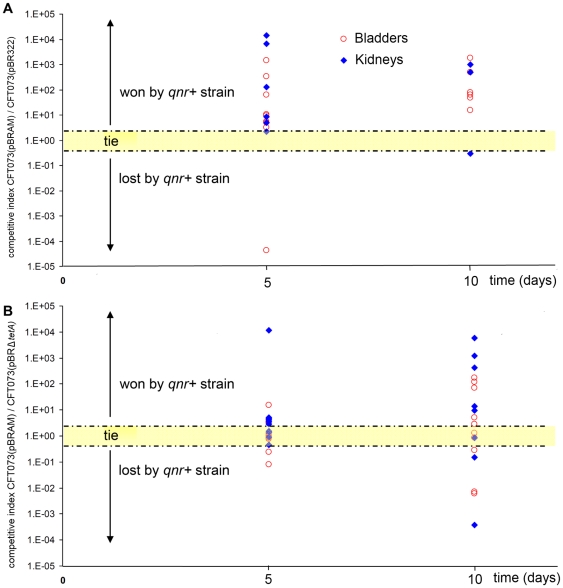Figure 2. Enhanced fitness observed in competitive infections for E. coli CFT073 after qnrA3 acquisition onto pBR322.
Each symbol represents the bacterial ratio (number of CFU for the qnr-positive strain/number of CFU for the qnr-negative isogenic strain) measured in organs (blue diamond = kidneys, red circle = bladder) collected five and ten days after inoculation of a 1∶1 mix of the two strains. When the ratio was equal to 1+/−0.2, it was considered as tie. Part A: competitions experiments opposing E. coli CFT073(pBR322) (qnr−, tetA+) and E. coli CFT073(pBRAM2) (qnrA3+, tetA−). Fifteen mice were inoculated, 15 bladders and 10 pairs of kidneys were efficiently infected. Competition was won 22 times by E. coli CFT073(pBRAM2) (qnrA3+, tetA−), was lost 2 times, and one was tie (p<0.0001). Part B: competitions opposing E. coli CFT073(pBRΔtetA) (qnr−, tet−) and E. coli CFT073(pBRAM2) (qnrA3+, tet−). Twenty-three mice were inoculated, 20 bladders and 17 pairs of kidneys were efficiently infected. Competition was won 24 times by E. coli CFT073(pBRAM2) (qnrA3+, tetA−), was lost 9 times, and 6 was tie (p<0.0001).

